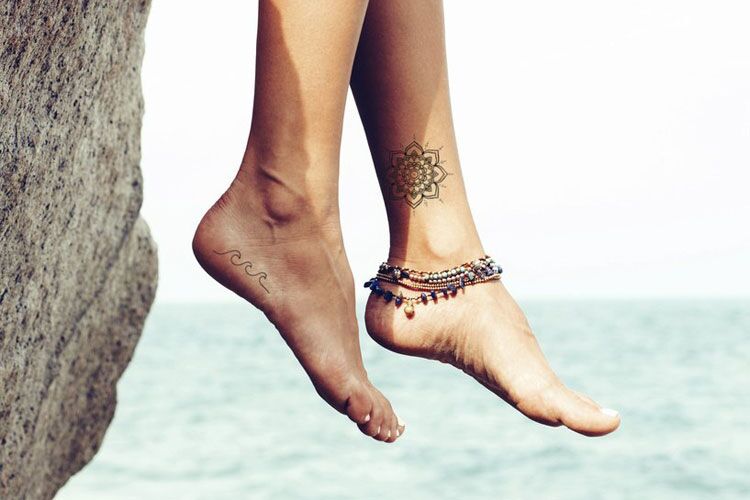Women’s tattoos have been around for millennia. Depending on the country, tattoos took on different forms and the meanings were just as varied. In black Africa, the tattoo revealed the status of women, in Polynesia, it had the function of differentiating between social groups, while in Japan, women were deliberately tattooed in order to identify themselves as prostitutes.
There are certainly as many customs as there are countries, but today, what about tattooing in Western societies?
The carelessness of adolescence
In Quebec, many women get tattooed as teenagers… and more than one regrets it in adulthood. Either the design no longer corresponds to their state of mind at the time, or the location of the body chosen at 16 has softened somewhat over the years.
Often, these women no longer dare to show off their tattoos out of embarrassment or fear of the falsely understanding gaze of some or openly disapproving of others. Despite everything, their tattoo evokes a happy memory of the sweet madness of youth, while some of their girlfriends did not dare.
A tattoo as an adult
Once through adolescence, with the impulsive choices that accompany it, what can motivate an adult woman to get a tattoo?
For her 26th birthday, Marie-Hélène Langlois, a young teacher of French as a foreign language, decided to treat herself to a fifth tattoo. His choice is motivated by a need for artistic expression. Since she started her professional career, Marie-Hélène no longer has the time to paint or create. She chose her body as a vehicle for her imagination.
The decision of Marie-Christine Baillargeon, an architect by profession, was influenced by the search for originality. Her tattoo evokes the memory of precious moments that she wanted to express in an unconventional way.
The tattoo without taboo
The feminine tattoo has definitely regained its letters of nobility. Body art now has followers of all kinds. “The tattoo is no longer associated with the punk movement or marginality. It is now accessible to all women,” says Marie-Hélène. Same story on the side of the Excentrik salon, in Montreal. Jean Gauthier, customer service representative, and tattoo enthusiast for over 30 years says tattooing is now demystified. As its heterogeneous clientele demonstrates, it is no longer a domain reserved for the marginalized.
The tattooed woman no longer has a face or social class. She is free and liberated. Moreover, according to Mr. Gauthier, it is not uncommon to see recently divorced women come to his shop and claim their little wild side. They perceive the tattoo as a transition, a passage to another stage of their life. “Never underestimate the therapeutic effect of coquetry,” comments Jean Gauthier. He notes, however, that the designs are rarely engaged, “varying between flower and butterfly.”
Marie-Hélène maintains that her tattoo will not harm her in the performance of her duties, given the dress code she imposes on herself in front of her students. Indeed, society evolves, and more follow the wave.
Drawings and places of the body
Tribal patterns are always popular. These thick black lines, reminiscent of primitive Polynesian tattoos, are among the most popular designs. Tribal patterns are specially chosen for the lower back. The shoulder blade and the upper back are also places favored by women. On the other hand, the body is vast and each has its own personal touch.
In order to stand out, Marie-Christine Baillargeon opted for the foot: a perfect place to assert her uniqueness. Marie-Hélène goes further: unlike her four previous tattoos, well hidden on her body, her new tattoo will extend from the left arm to the back, passing through the shoulder. Like a carnal watercolor, her tattoo of flowers and birds will be colorful, nuanced, degraded, and a bit exotic.
